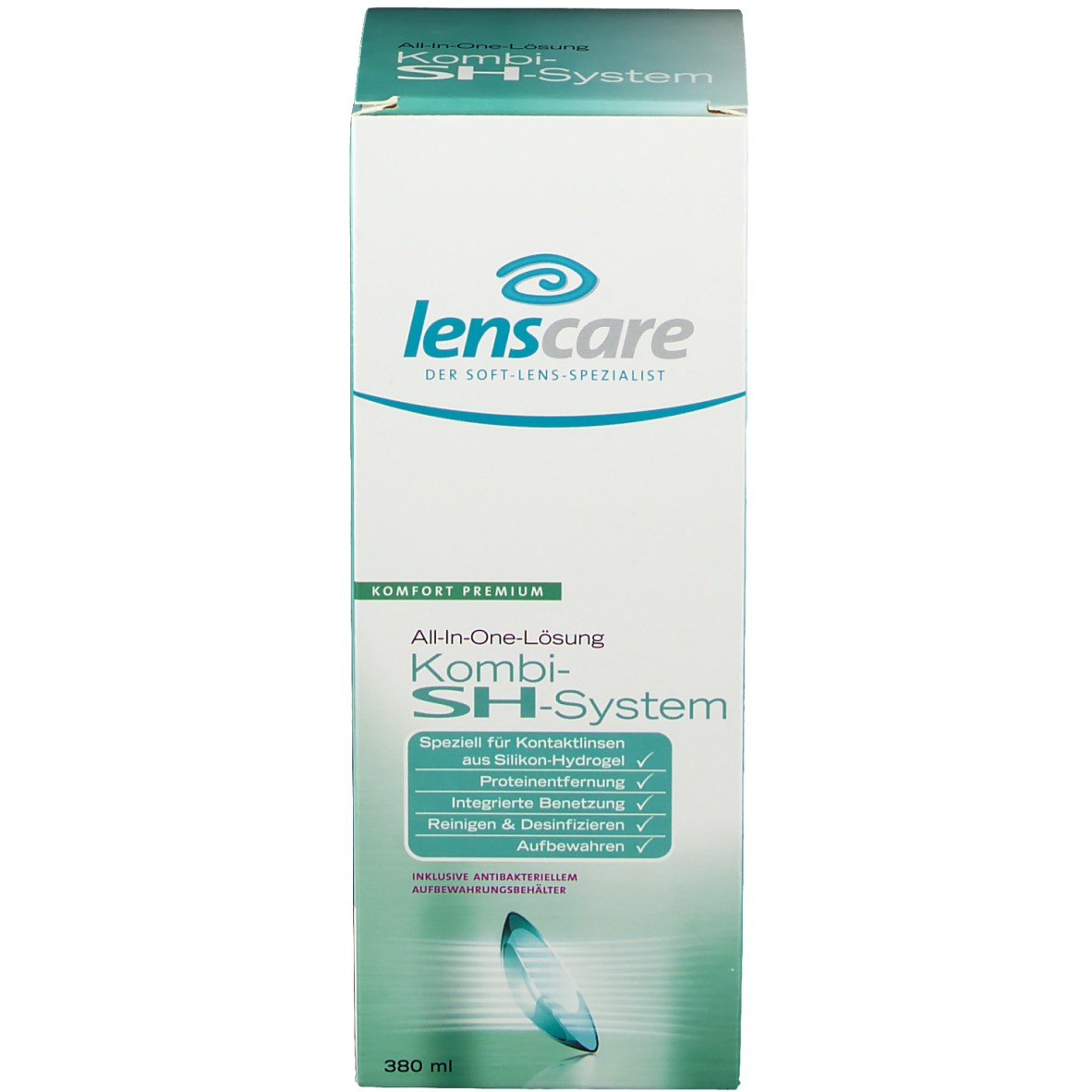

It is recommended that contact lens wearers see their eye care practitioners twice each year, or if directed, more frequently. Additionally, smoking increases the risk of ulcerative keratitis for contact lens wearers. This risk can be reduced by carefully following directions for routine lens care, including cleaning the storage case. The risk among extended wear use users increases the number of consecutive days that lenses are worn between removals, beginning with the first overnight use. The risk of ulcerative keratitis has been shown to be greater among wearers of extended wear lenses than among wearers of daily wear lenses.

If a patient experiences eye discomfort, excessive tearing, vision changes, or redness of the eye, the patient should be instructed to immediately remove lenses and promptly contact his or her eyecare practitioner.Studies have shown that contact lens wearers who are smokers have a higher incidence of adverse reactions than nonsmokers.Clinical studies have shown that the risk of serious adverse reactions is increased when daily wear lenses are worn overnight. Daily wear lenses are not indicated for overnight wear, and patients should be instructed not to wear lenses while sleeping.It is essential that patients follow their eyecare practitioner’s directions and all labeling instructions for proper use of lenses and lens care products, including the lens case.Įye problems, including corneal ulcers, can develop rapidly and lead to loss of vision. Problems with contact lenses and lens care products could result in serious injury to the eye.Patients should be advised of the following warnings pertaining to contact lens wear:


 0 kommentar(er)
0 kommentar(er)
